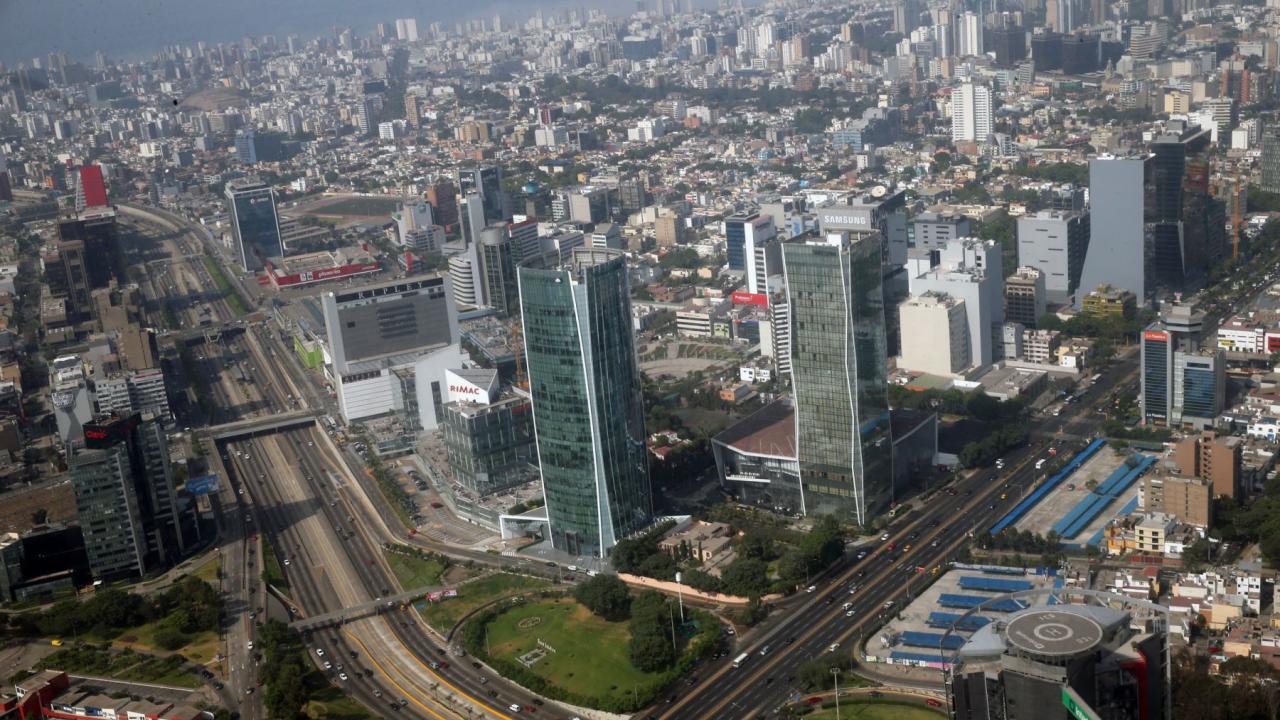
Driven by mineral demand, fiscal policies and private consumption.
The international credit rating agency Fitch Ratings expects a recovery of the Peruvian economy this year, based on favorable global demand for minerals, supportive fiscal policies and private consumption in an environment of lower inflation and low interest rates.
In an interview with the Official Gazette El Peruano , Saul del Real, Director of Sovereignties at Fitch Ratings, analyzes the improvement in Peruvian economic activity and its prospects.
- The Peruvian economy has registered a surprising growth of 4.5% in July of this year, above the consensus of economic analysts, accumulating a continuous expansion for four months. What factors influenced this result? Does this expansion mean an upward trend?
We expect the Peruvian economy to recover in 2024, expanding by 2.8 percent as activity increases due to a reversal of the supply shocks that affected the economy in 2023, such as weather events and protests; and also due to favorable global demand for minerals, supportive fiscal policies, and private consumption supported by lower inflation, interest rates, and pension fund withdrawals.
- Which sectors will support economic growth in the coming months and in 2025?
In 2025, we expect the economy to slow somewhat and post growth of 2.5 percent. The slowdown will be driven by the gradual withdrawal of supportive fiscal policies; however, activity will be supported by a continued improvement in private consumption, global capital demand, and a slow recovery in private investment.
Downside risks include renewed political instability that may continue to affect investment prospects, within a pre-election year context.
- How will a further reduction in interest rates by the US Federal Reserve (FED) impact the Peruvian economy?
A further rate cut by the FED can impact the Peruvian economy in several ways. It can reduce borrowing costs in international markets so that Peruvian companies can access credit to facilitate their investment plans.
It could also mean an appreciation of the sol against the dollar or it could stimulate the flow of capital towards emerging markets such as Peru.
- Will the fiscal deficit trajectory of the latest Multiannual Macroeconomic Framework of the Ministry of Economy and Finance (MEF) be met?
Peru's fiscal position began to deteriorate in 2023 and this continues in 2024. More flexible fiscal policies to support economic recovery amid political uncertainty mean that Peru is likely to be above its fiscal target in 2024 for the second consecutive year.
We project a fiscal deficit of 3.4 percent of GDP, which compares to the government's fiscal target of 2.8 percent. We believe that given medium-term spending pressures, deficits could remain between 2 and 3 percent of GDP. So it could be a challenge for the MEF to meet the fiscal deficit path.
- What is the growth potential of the Peruvian economy?
We expect medium-term growth of 2 to 2.5 percent. There could be an upside if stalled investment projects materialize, but this may require a further easing of political uncertainty, which may not be resolved before the general elections in 2026.
Fitch believes that political instability and reduced investment may have dampened potential growth.
In the meantime, the rating could stabilize at its current level of BBB if there is a sustained recovery in the short and medium term, if prudent fiscal policies continue to maintain a generally stable debt-to-GDP ratio, or if there is a reduction in political risk.
DATA:
- Moody's Investors Service recently revised upward the outlook for Peru's long-term foreign and local currency debt rating from “Baa1” (investment grade), going from “negative” to “stable.”
- The Peruvian economy will grow 3.1% in 2024 and 3% in 2025, according to the Central Reserve Bank of Peru's latest report called Inflation Report.
- Peru is the country with the largest adequate Net International Reserves (NIR) in South America, according to a publication by the International Monetary Fund (IMF) in April 2024, surpassing Brazil, Colombia, Mexico, Chile, Ecuador and Venezuela.









